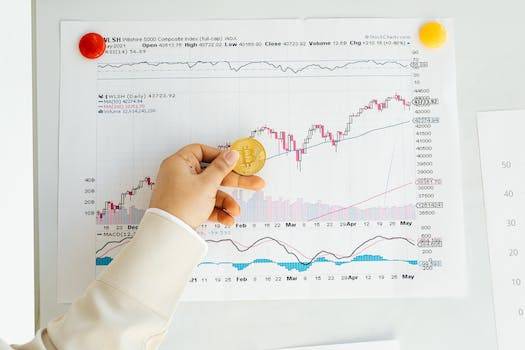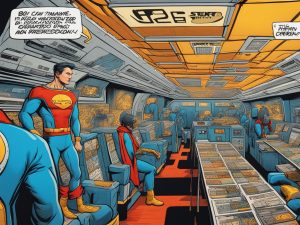Bitcoin Miners Struggle as Mining Difficulty Increases
Bitcoin mining difficulty, a protocol feature created by Satoshi Nakamoto, is designed to maintain an average interval of 10 minutes between the discovery of new blocks. However, sustained increases in mining difficulty have made it increasingly costly to mine Bitcoin. The average cost to mine one BTC has been higher than the average spot price since August 2022. This has resulted in miners operating at a loss and has impacted mining profitability.
Key points:
– Bitcoin miners have been operating underwater, with the average cost to mine one BTC exceeding the average price in the spot market.
– Small and medium miners are particularly affected, losing market share and hashrate to larger miners.
– The recent difficulty adjustment comes at a time when Texas, a major hub for Bitcoin mining, is experiencing an energy crisis.
The mining difficulty adjustment directly affects hashrate dynamics. The higher the hashrate, the more likely a valid block will be found in a shorter time. Conversely, lower hashrates result in longer intervals between blocks.
The mining difficulty is adjusted every approximately two weeks based on the frequency of block discoveries. If the interval is greater than 10 minutes, the difficulty decreases to make mining easier. If the interval is less than 10 minutes, the difficulty increases.
In conclusion, Bitcoin miners are facing challenges due to the increasing mining difficulty. This has led to increased costs and decreased profitability for miners, particularly smaller ones. The recent difficulty adjustment, combined with the energy crisis in Texas, further exacerbates the situation.





 By
By

 By
By

 By
By
 By
By